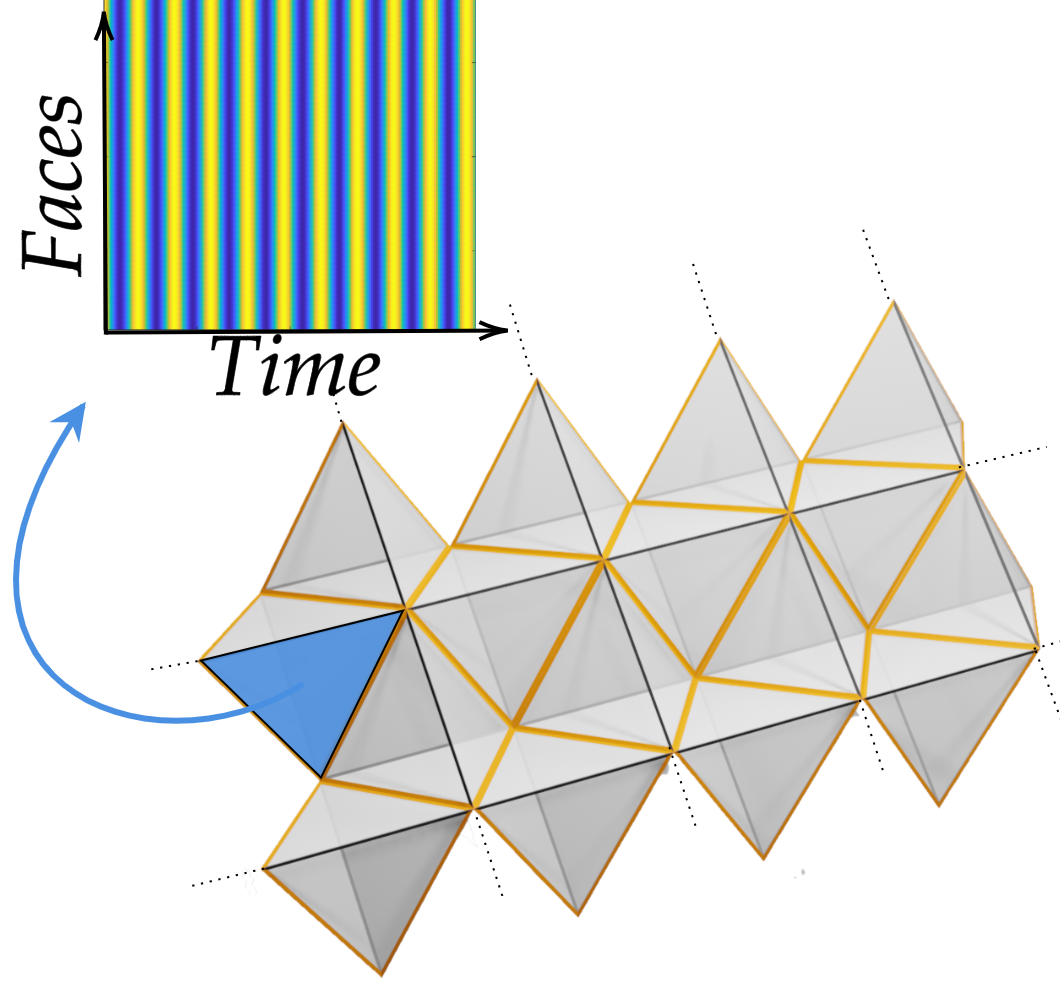New research reveals how topology determines the conditions for global synchronisation on higher-order networks
Ginestra Bianconi, Professor of Applied Mathematics at Queen Mary's School of Mathematical Sciences, and her collaborators have recently published a paper on the impact of topology on global synchronisation in higher-order networks.

A team of researchers, including Queen Mary’s Professor Ginestra Bianconi, and her collaborators Timoteo Carletti (University of Namur) and Lorenzo Giambagli (University of Florence) have shown that topology can be used to predict whether higher-order global synchronisation can be achieved in complex systems.
In nature there are groups of objects or individuals that move in a coordinated manner, even in the absence of a leader. This is the result of a series of mutual interaction mechanisms that lead groups towards a synchronous state. When interacting currents, flows, or dynamic variables are associated with groups of more than two interacting elements, the situation is more complex and synchronisation can be more delicate to achieve.
The research team tell us “Using mathematical tools from algebraic topology, it has been possible to predict the achievement, or not, of synchronous states involving all higher-order signals".
One example of synchronisation happens at concerts where audiences simultaneously clap in unison. However, the phenomenon is more general and can be applied to chemical species in reactions or electrical signals in neurons. The possibility of achieving a synchronised state can be predicted using a network representation where the elements of a complex systems, called nodes, interact pairwise forming the links of the network. In this case the synchronisation involves signals associated to the nodes of the network.
However, dynamic variables can also be associated with the links of a network. These signals are ubiquitous and describe for instance fluxes of biological transportation networks or synaptic signals among neurons in the brain. This concept can be further extended to signals associated to groups of three nodes, represented by adding filled triangles to the network. This creates a higher-order dynamics associated to higher-order networks, which are structures capturing the topology of the system being described. These signals defined on links or higher-order structures are called topological signals.
Topological signals are currently raising great attention, however until now there was no theory determining under which conditions topological signal can undergo global synchronization.
With this study, Professor Bianconi’s team has shown that topology, the study of shapes and their invariant properties, can answer this important question. The study reveals the topological characteristics of higher-order networks that determine the conditions where global synchronisation can be observed. It is shown that are the topological features such as holes and cavities that determine whether global synchronisation of higher-order signals can be achieved or not.
The full study authored by authored by Ginestra Bianconi (Queen Mary University of London), Timoteo Carletti (University of Namur) and Lorenzo Giambagli (University of Florence) is available online in the Physical Letters Review.
To learn more about Professor Bianconi’s research and publications, please visit her staff profile on the QMUL Maths website.